
Cemetery tours and ghost tours present pretty much the same thing, but they have different aspects. They both talk about history, which some ghost hunters hate, but you cannot separate the two. Without referring to history, you can’t talk about someone or something haunting your trailer in Deweyville, can you? The Blackshirts/weather people rely on SB-7 Spirit Boxes to communicate with the dead (not talking about anyone specific from this area—cough!). Do they work? I have no idea.
An SB-7 is supposed to work like a broken radio. You ask it questions while it turns the radio dial. Some say that you will hear answers from departed folk in the white noise. I have one, and it has never worked. I know a few people who think it works, and that’s okay, but the aggressiveness these people show when you call them out is hilarious. I’m not saying that you didn’t hear an Indian say “ugh” in a trailer in Deweyville, but the electronic voice phenomenon you put on your YouTube channel (which has since disappeared) was about as legit as that time when the Ghost Adventures show—I digress. Do what you want, just don’t charge people $50 to “educate” them on your BS.
As ridiculous as a broken radio thingy sounds, I can take it even further. This time, I can only chastise myself for this ridiculousness. Years ago, I downloaded an app on my phone called Ghost Radar. There is a free version and a paid version. I think I paid $4.99 for it. I don’t know how it is supposed to work, but here is the description:
“Ghost Radar® is the original application designed to detect paranormal activity. Ghost Radar® attempts to detect paranormal activity by making various readings on the device. Traditional paranormal equipment can be easily fooled when simple mundane bursts of normal energy occur. Ghost Radar® sets itself apart by analyzing the readings and giving indications only when interesting patterns in the readings have been made.”
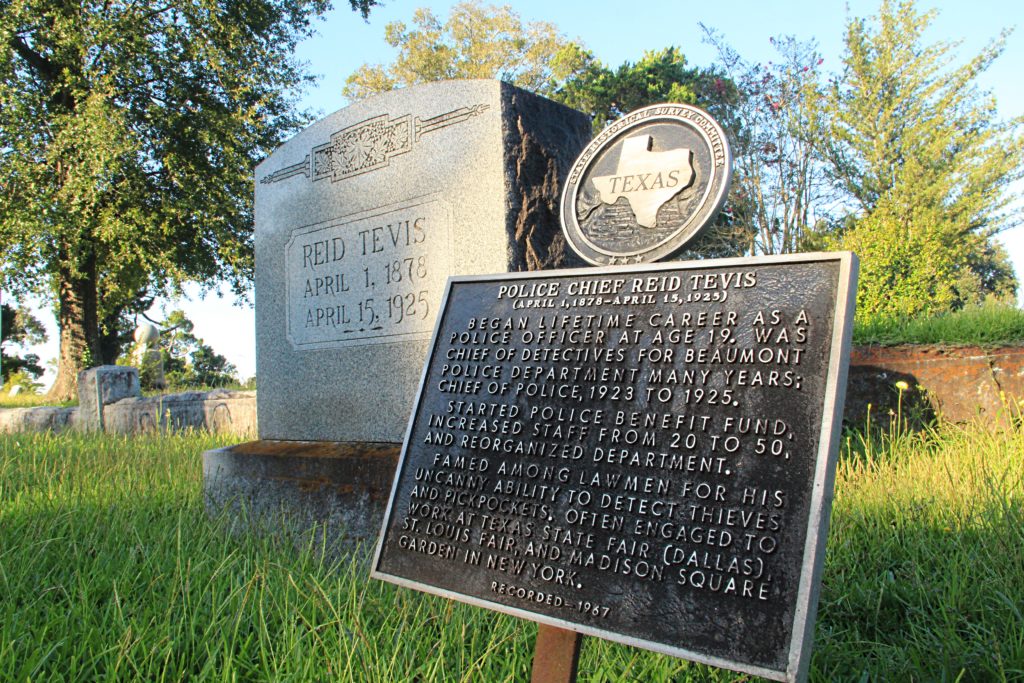
Scientifically, this is impossible, but even a broken clock is correct twice daily. I’ve used it in my home, and when I go to the cemetery, I get nothing 90% of the time, but there is that 10% that I can’t explain. Like that time when I was on the hill at the cemetery, and the app began its usual spouting of words that do not make any sense together. I was alone and not really paying attention to the area in front of the cemetery. Then it started throwing out words such as “animals, front, danger.” Yes, that will get your attention. I poked my head out toward the front of the cemetery and saw nothing. I will also say that I was near Police Chief Reid Tevis’s headstone when this occurred. Was Reid still on watch that day? Probably not, but it did make sense to check my surroundings. Reid Tevis is yet another story on the hill during the cemetery tour—no ghost talk, just history and greatness. I’ll leave a link below.
https://www.findagrave.com/memorial/16044144/reid-tevis
Another episode took place when I was near Sheriff Thomas Langham’s grave. The app emitted just one word: “run.” I laughed then, and I still laugh today. Nothing was going on, but if Thomas Langham had a sense of humor, I might have experienced it. I have other stories, but I don’t know if I’m allowed to tell them. (Some people don’t like other people knowing that their house is haunted.) I’ll get back to you.
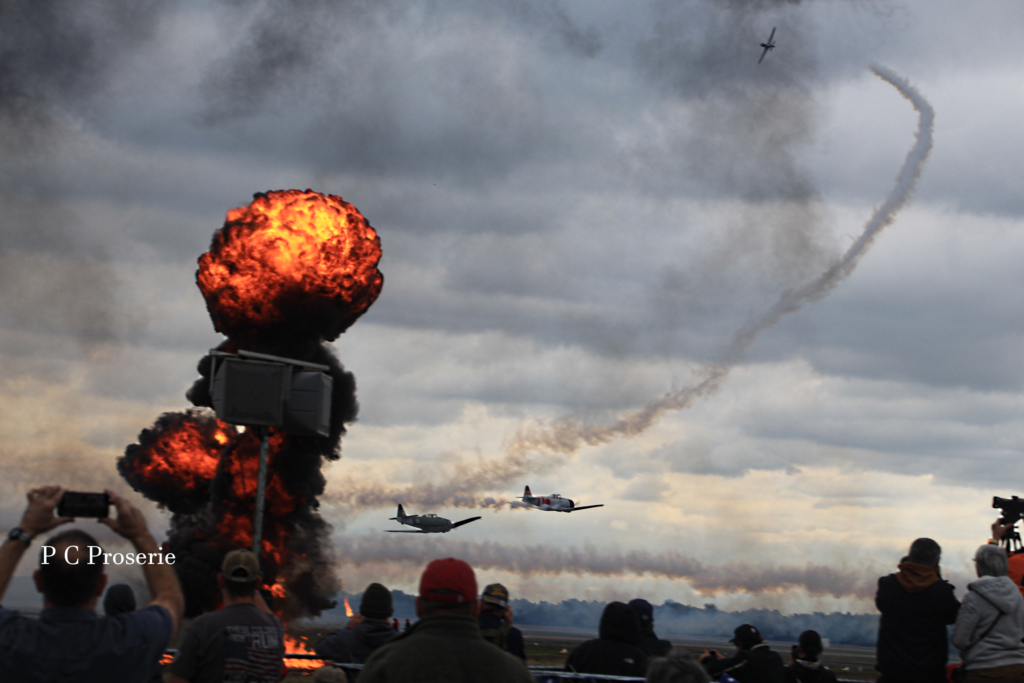
Next week, it’s time to Niitakayama nobore 新高山登る一二○八 (climb Mount Niitaka) at Wings over Houston at Ellington Field. Not seeing the Texas Raiders B-17 Flying Fortress will be rough. Her participation in the Tora show always added a special touch to the reenactment of the history of the Pearl Harbor attack. That big bomber flies in from the mainland, weaponless and out of fuel, and tries to land during a full-scale attack. The iconic movie Tora! Tora! Tora! which the show was born out of, is the longest continuously performing nonmilitary airshow act in the United States. Most of the planes flying in the reenactment were designed for and flew in that movie.
This blog comes out on Sunday, October 8. So, today, the Montgomery County Veterans Memorial (MCVM) Park will be hosting members of the Commemorative Air Force. They will honor the B-17 Texas Raiders that was lost last year; they will also unveil the MCVM Park’s newest monument. The events will be live streamed on the park’s Facebook page. I’ll leave a link at the bottom of this blog.
Last week, I added my most read blog of all time, “The Legend of Sarah Jane Road.” I believe my second most read blog needs love too. “The Legend of Bragg Road” was a paranormal investigation of sorts. It was the ’80s, and we didn’t have any fancy gadgets or black shirts. Common sense was the next best thing, together with a paperback edition of ESP, Hauntings and Poltergeists: A Parapsychologist’s Handbook by Loyd Auerbach.
Until next week.

Legend of Bragg Road
My last venture into the spooky realm might have been eerie, but Bragg Road has always been much more so, mainly because I have seen the light, so to speak. In the late 80s, a few friends and I frequented the sandy eight-mile road, which runs between Highways FM 787 and FM 1293 near the town of Saratoga.
Located in the heart of the Big Thicket, one could definitely lose oneself in the pitch blackness of the forest. Except for the single light that mysteriously shines on occasion. But what is this all about? Let’s delve into the history of this lonely road.
In 1902 the Santa Fe railroad cut a line through the dense thicket between Saratoga and Bragg. These tracks were needed for hauling oil from the Saratoga oilfields, along with logs and cattle. For a long time, just one trip per day to Beaumont and back seemed to be enough to progress this wilderness into civilization. However, perhaps inevitably, the wilderness won and the city of Bragg is all but forgotten.
In 1934, the tracks were removed leaving behind a sandy road, which was used mostly by hunters who inadvertently kept the thicket from reclaiming it. It was around this time that some began seeing a strange light. (Note: In the book Tales from the Big Thicket by Francis E. Abernethy, there was one sighting of the light even before the tracks were removed.)
So what is behind this strange light that has been seen for nearly 80-plus years? The foremost story is that a railroad man was decapitated in a train wreck, so now he holds a lantern high while he looks for his head.
Other explanations include the Mexican cemetery where a foreman, rather than pay his road crew, killed them and kept the money. They were swiftly buried. Now their restless spirits haunt the road.
Whatever the source, there is a light on that darkened stretch. Skeptics will tell you that it is a reflection from car lights, but that would not explain the earlier sightings when there were few cars traveling down or near the road. Furthermore the old Model T’s headlights wouldn’t have shined brightly enough.
Another possibility is swamp gas. I could entertain this theory because of an investigation I was a part of 25 years ago.
In the late 80s, I made numerous trips to Bragg Road. The first was a day trip, and my friends Bryan and Hector tagged along. I only mention this because, after unsuccessfully identifying the road, we stopped at a store in Saratoga where Hector asked a lady where Bragg Road was. She explained to him how to get there and asked why we were looking for it. Without pause Hector explained we were going to a friend’s house that was located on the road. The woman grinned and wished us well. We did find the road and traveled down all eight miles never seeing a house or any sign of life. We had a good laugh over this.
My second trip down Bragg Road was a night-time journey done solo, but I saw nothing, only the blackness of the thicket. Fortunately my next jaunt into the forest did pay off. A few friends and I did see the light. It looked like an oncoming train if you were standing on the tracks. Try as we may, we could never get close to it. The light would flicker and then disappear.
On one occasion Paul Newman and I (Note: Not the actor turned racecar driver turned salad-dressing king) did an investigation to find out just what the light was. We started by removing all evidence of tire tracks at the entrance to the sandy road, followed by all three turnarounds. We figured that if we saw a light then we would have some idea if it was from a vehicle traveling down the road or something else.
As the night progressed, we saw the light several times, but only one vehicle, other than ours, passed down the road. We checked each turnaround and found only one set of tracks. Our investigation ended without a clear answer as to the cause of the light, or if it was indeed paranormal. We did conclude however that the light, at the very least, was not from a vehicle.
Usually when I go down that road, I see the light, except on full moonlit nights. Although the light seems to be far off, I have talked to people who know people who have seen the light close up, but sadly I have never personally met anyone who has done so, nor have I been privileged to witness it in close proximity. So please take the last statement as is.
So if you’re ever along FM 787 or FM 1293 and want a thrill, just turn onto that dark sandy road. You may just see that ghostly train headlight coming toward you. And what a sight it will be.
Niitakayama nobore 新高山登る一二○八:
https://todayshistorylesson.wordpress.com/2010/12/02/climb-mount-niitaka/
Montgomery County Veterans Memorial (MCVM) Park:
https://www.facebook.com/honoredmission
Wings Over Houston 2022; Tora! Tora! Tora! WWII Demo:
Tora Tora Tora Airshows

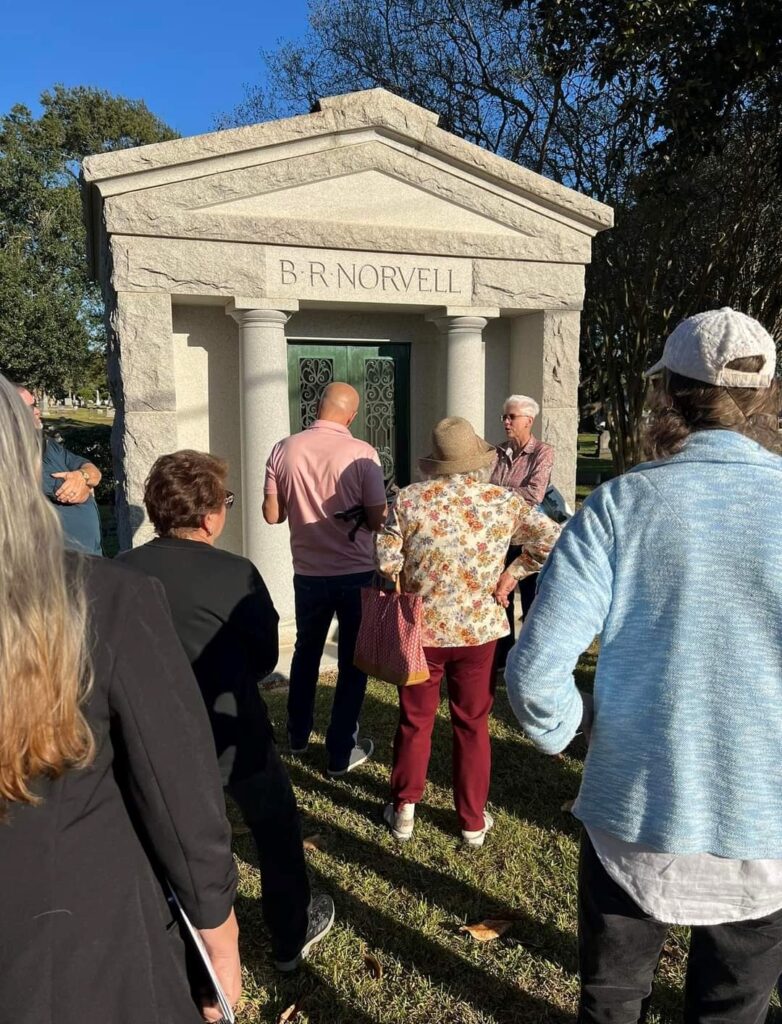
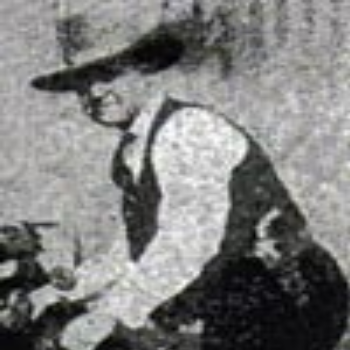
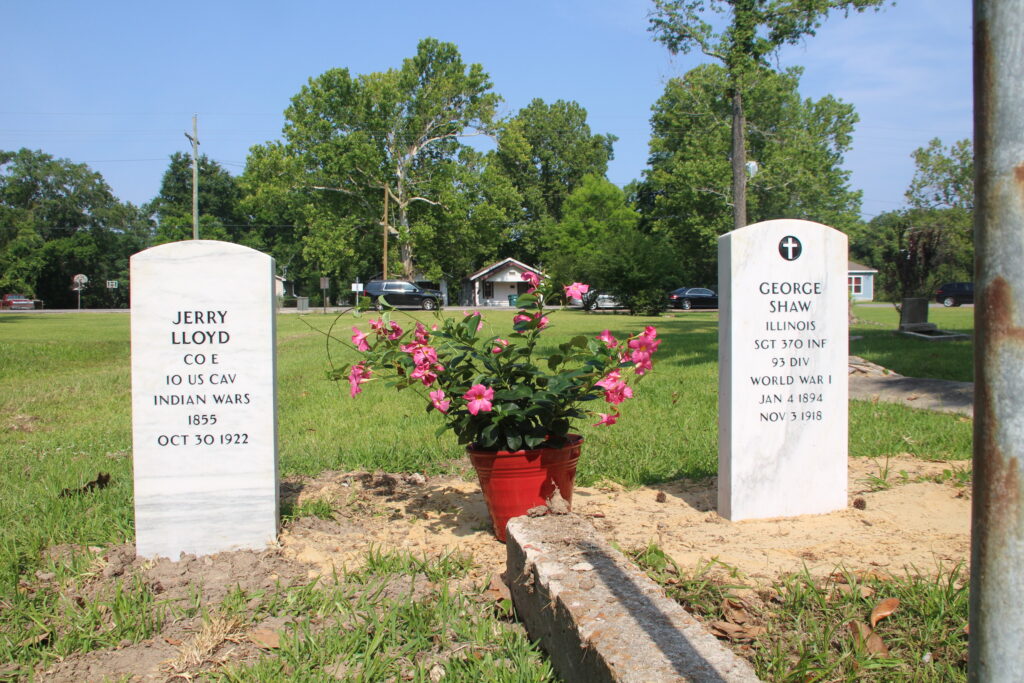
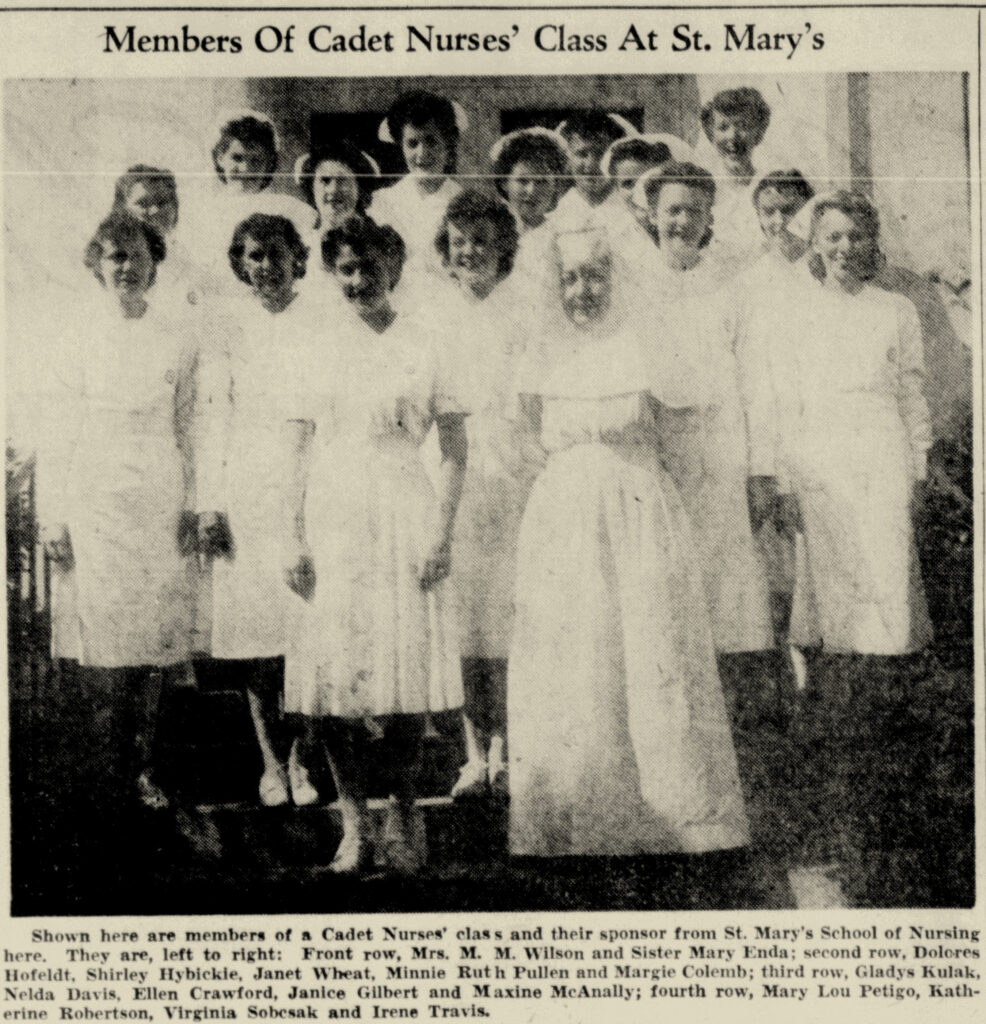
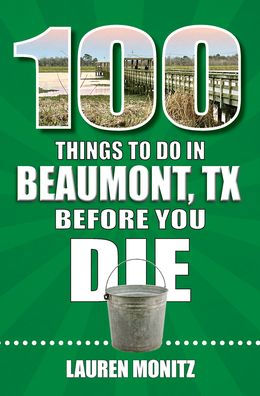

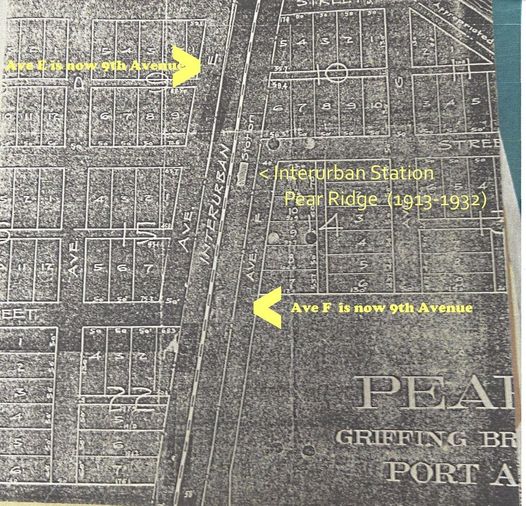
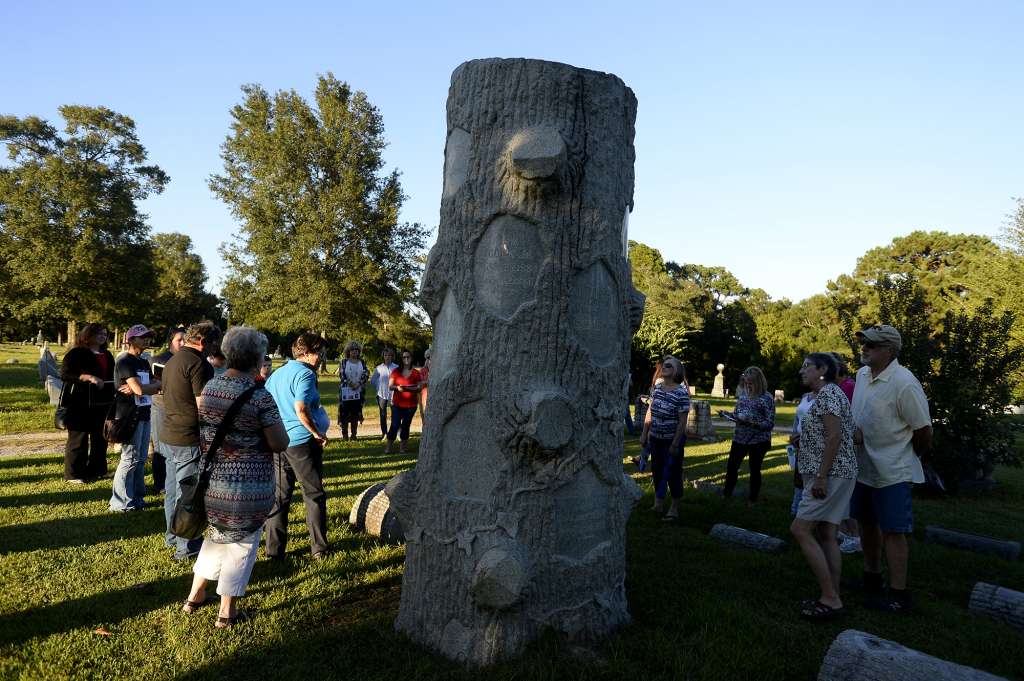
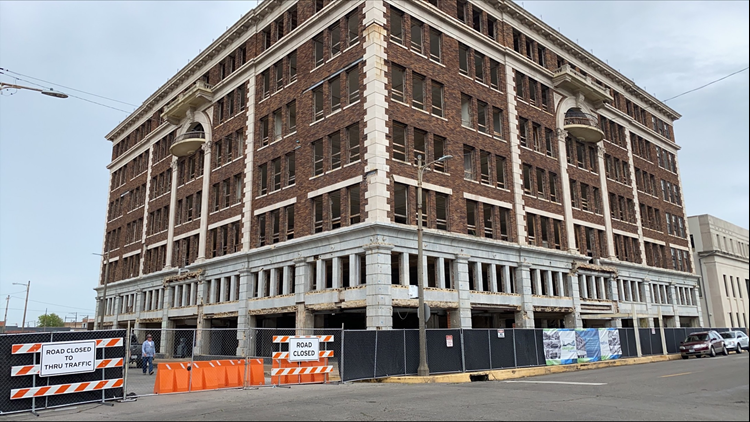
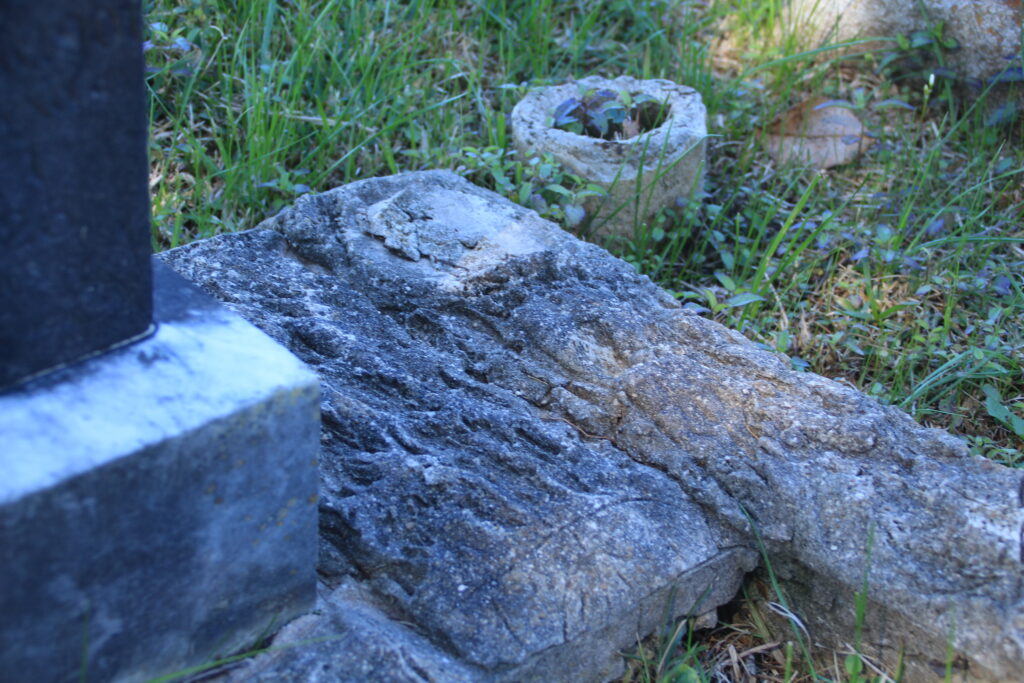
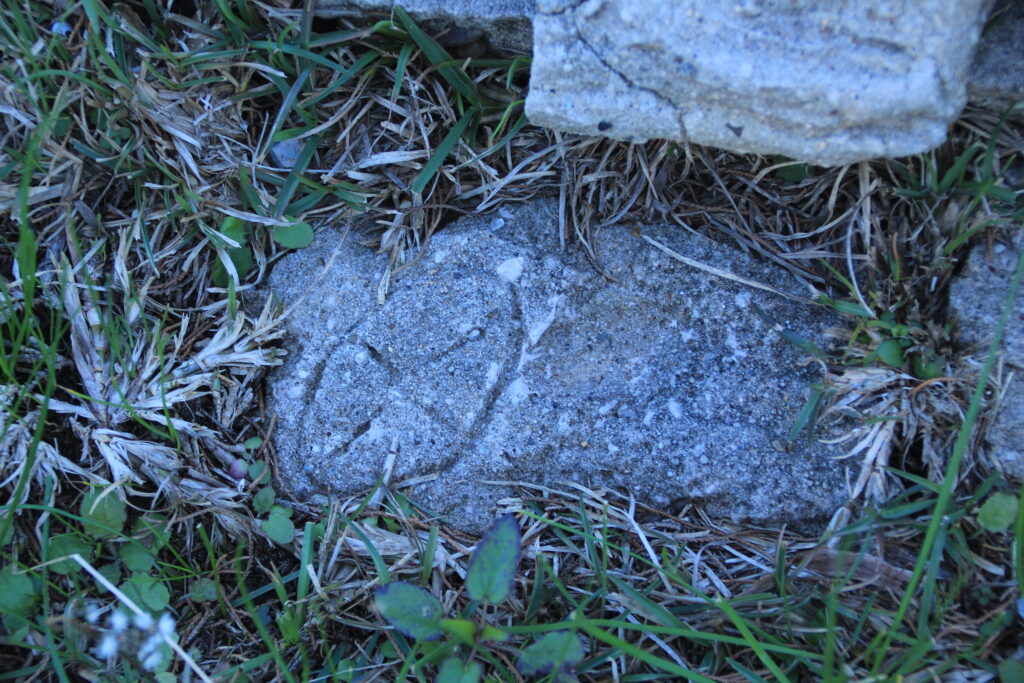
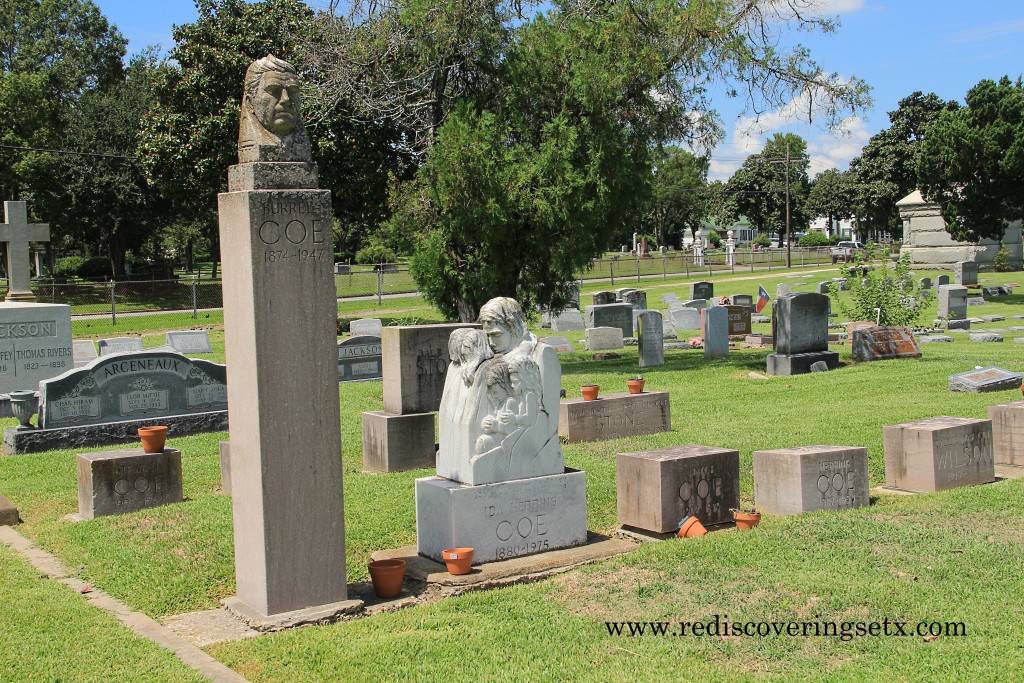
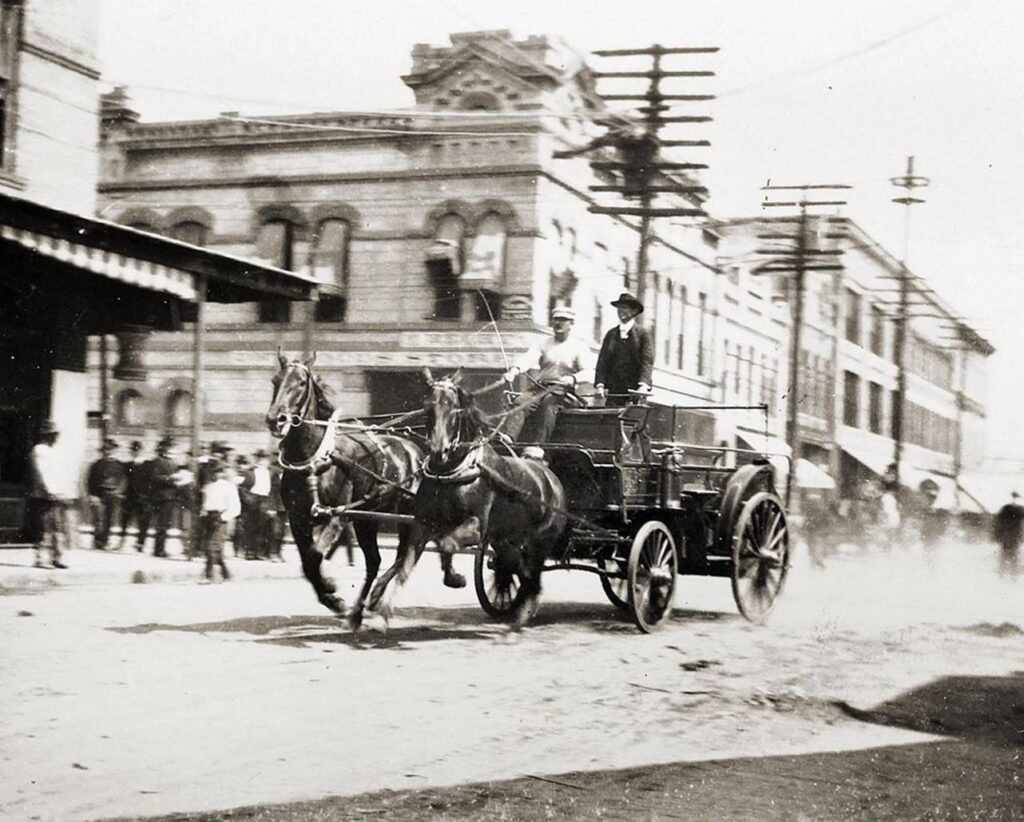
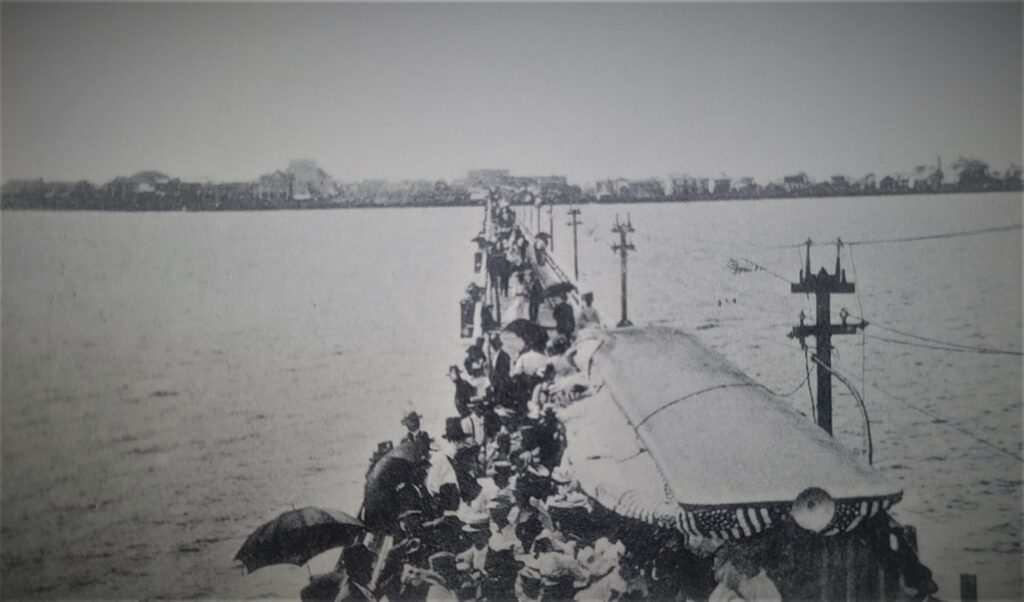
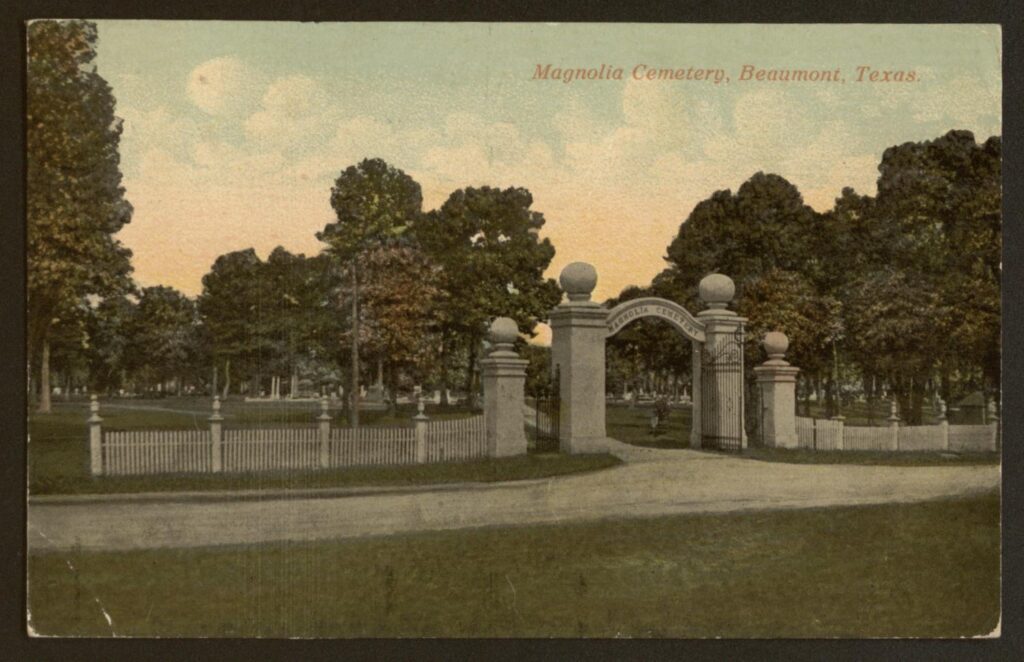
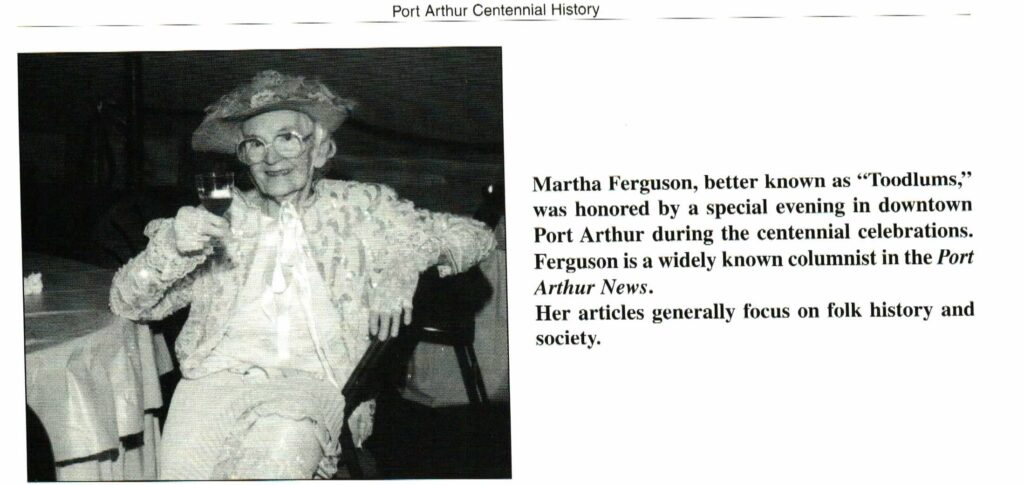
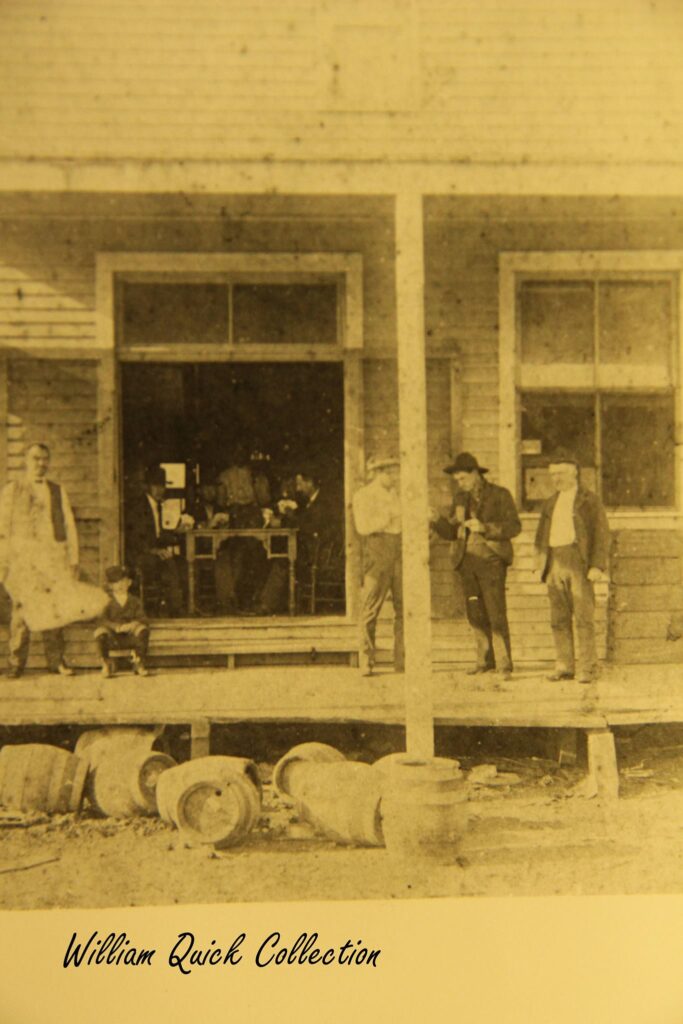
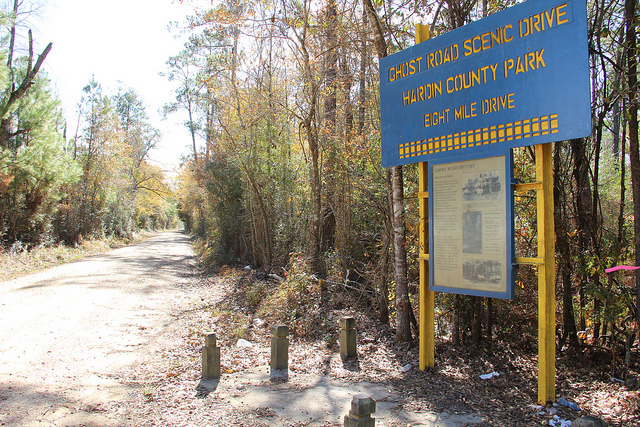


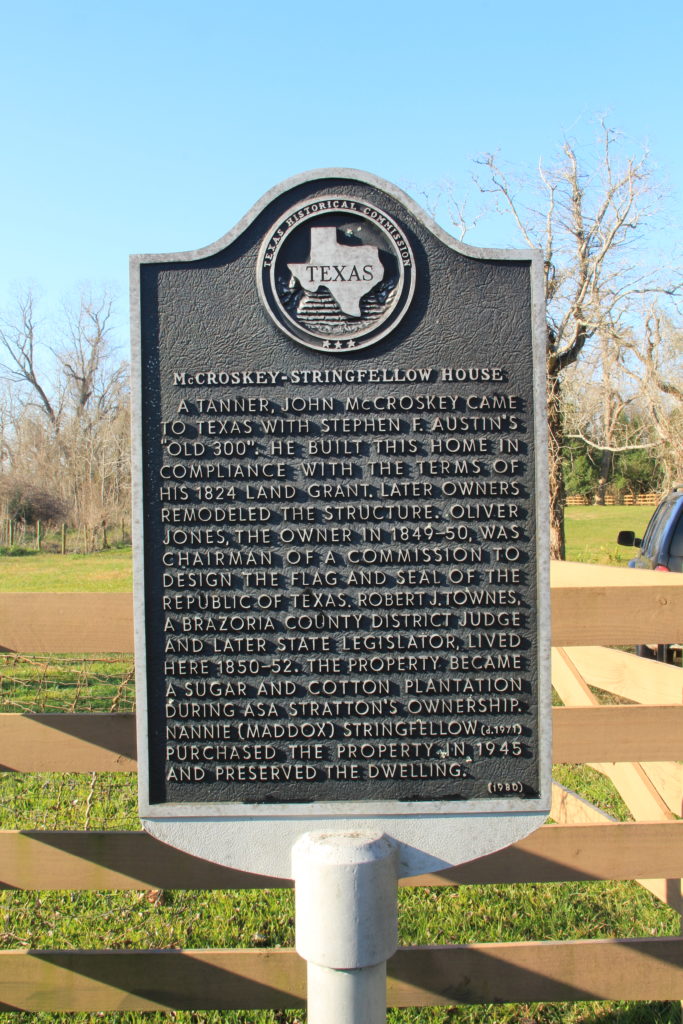
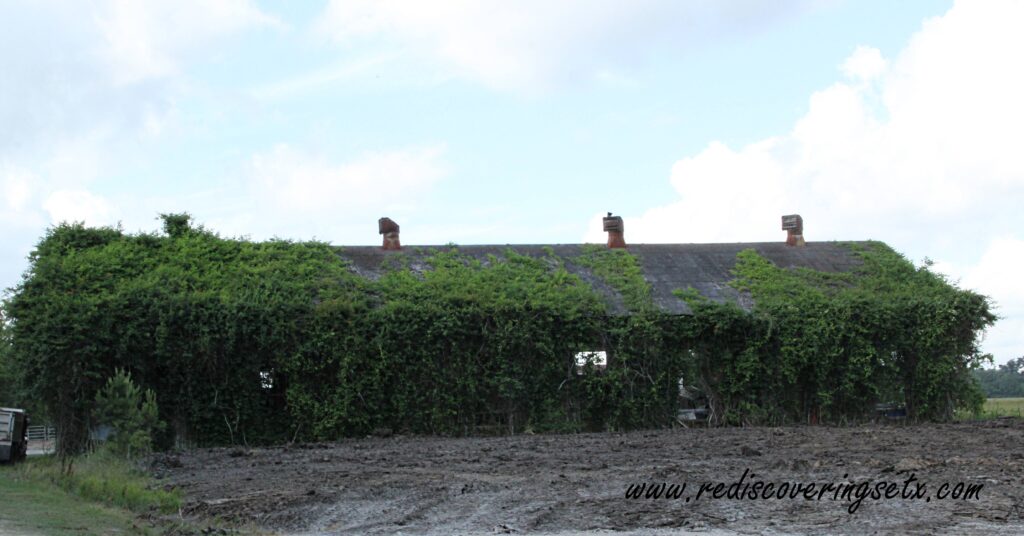
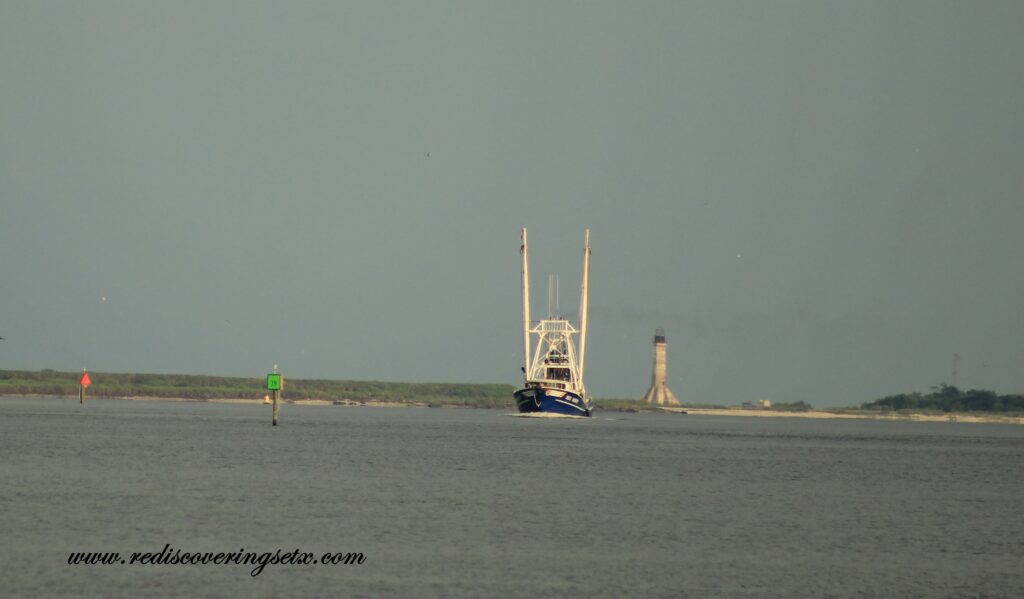
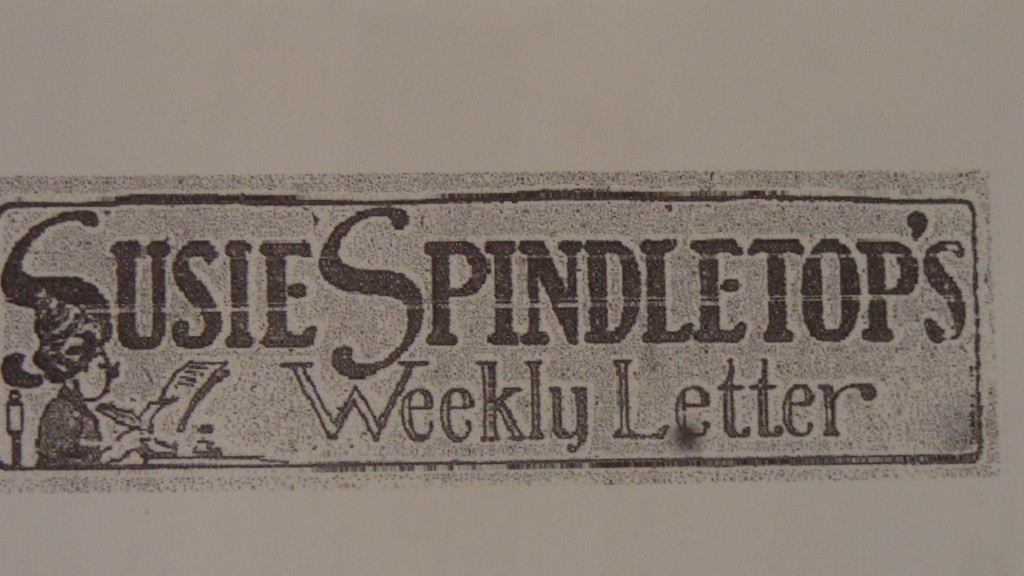
You must be logged in to post a comment.